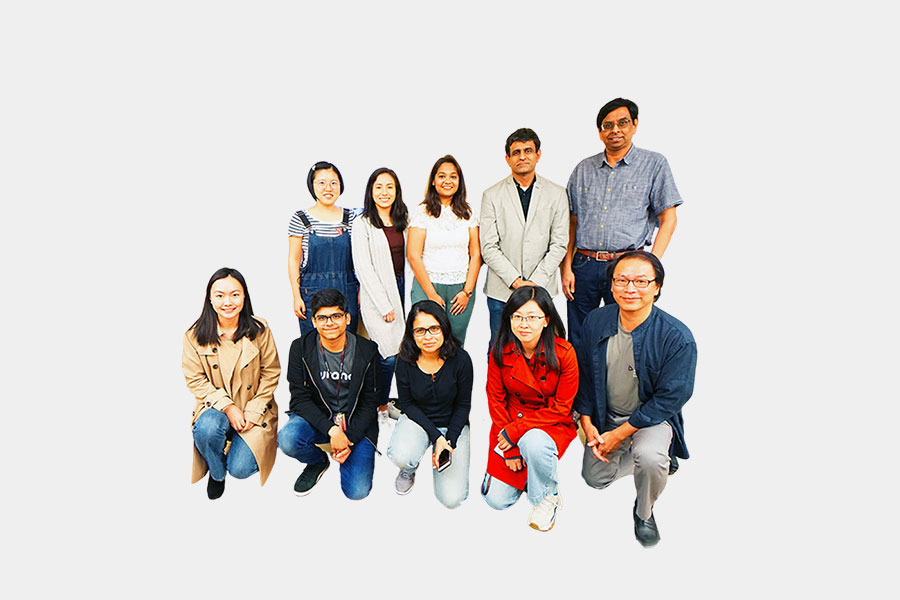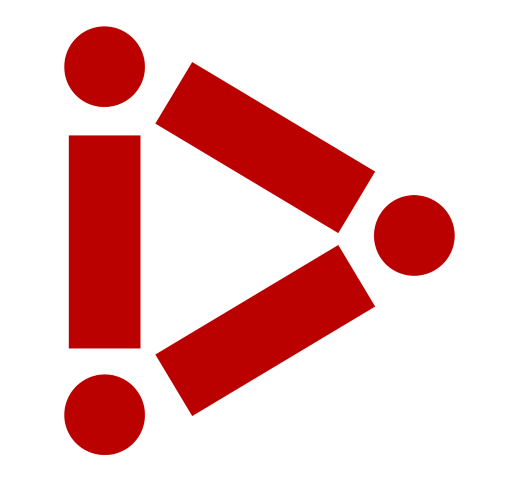
Creating Greener Data Centers with Autonomous Digital Infrastructure
Karim Shaikh lends his innovative software expertise to new book, Greener Data.
By Carly Ochs
Karim Shaikh, Chief Technology Officer at Cato (formerly Virtual Power Systems) and faculty member in the M.S. Software Management program, has worked for nearly a decade to educate and transform the data center industry.
At Cato, he is responsible for driving the company’s innovative Software-Defined Power products that enable data centers to achieve savings and sustainability through automation and power orchestration at the intersection of hardware and software.
So when JSA, a marketing firm in the data center industry, sought out a technologist innovating in the data center space to contribute a chapter to their new book release, Greener Data, Shaikh was a natural choice.
Greener Data explores innovative new ways to reduce carbon footprints in digital infrastructure and data center industries. The book’s mission is to break down company and country lines to share best practices and approaches to greener businesses, facilities, and technologies.
The book's creators identified that Cato and Shaikh's work was unique— the company was undoubtedly enabling greener data centers, but how? Could this concept help other companies rethink their products and reduce carbon emissions?
Watch the Data Movers podcast featuring Shaikh:
In his chapter titled Autonomous Digital Infrastructure, Shaikh breaks down Cato’s approach to innovation. He discusses the power utilization challenges that plague data centers and the reasons they deliberately underutilize power infrastructure— redundancy, allocation buffers, and underutilization.
Data centers cannot afford to go down during operations. As a result, they introduce redundancy by building additional capacity (most times at least 20%, and sometimes as much as 100%) to account for the possibility of failures.
Colocation facilities, or colos, often give themselves a capacity buffer (through allocation buffers) to act as a “just-in-case” safeguard on top of the capacity they contract to tenants.
Finally, tenants underutilize their contracted capacity, as their contracts are often negotiated for worst-case scenarios or seasonal peaks— think Black Friday shopping at an eCommerce company.
Shaikh then introduces readers to the concept of an Autonomous Digital Infrastructure (ADI) — a new software ecosystem that allows data centers to fully utilize their power while offsetting their carbon footprint.
ADI software can monitor and assess the data center, quantify the stranded power capacity, identify opportunities to create additional pools of power, and make recommendations on new flexible SLAs that colos can offer to tenants.
Getting a traditionally conservative industry that relies heavily on overprovisioning and manual oversight to consider giving control to a piece of software can be challenging. Shaikh talks about how it has taken Cato eight years to bring awareness of this concept to the mainstream, drawing a parallel with VMWare’s path to compute virtualization.
Outlining the benefits of flexible SLA offerings in data centers, Shaikh leaves his audience, primarily data center operators and tenants, with four actionable insights to move closer to an ADI.
At the iii, Shaikh empowers students to take a futures-based approach to product development, augmenting machine learning and software architecture with design thinking and futures studies.
Shaikh with student members of Changemakers at SV Club
One of his most popular courses is Integrated Innovation for Large Scale Problems, which brings together concepts such as empathy, ideation, speculative futures, and backcasting to equip students with the ability to solve problems with the potential for large-scale impact.
Each semester, students take on a complex social problem and explore it methodically to understand it from a systems-thinking perspective — with a focus on developing unexpected ideas and opportunities to tackle it.
Sound familiar?
It feels natural to draw a parallel between Shaikh's work in the classroom and the work that led him to write his chapter on ADI for Greener Data.
Inspired by his students, he says, “I learn from both— I teach what I have learned at work, but I also apply at work what I have learned while I teach.”
Shaikh stresses to his students the importance of understanding your stakeholders, explaining that “you can come up with the greatest idea, but you need to understand your stakeholders and their motivations. How do they benefit from the status quo? What will it take for them to consider, let alone accept, the new solution you are proposing?”
Often, he notes, it is the act of aligning mindsets that proves more challenging than developing the technology to support the change. This methodical approach to innovation shows up in Shaikh's work at Cato.
He is, slowly but surely, convincing stakeholders in the data center industry that utilizing innovative approaches to overcome underutilization is a win for all— a win for the customers of the data center, a win for the data center operators, and a win for the environment.
To learn more about Greener Data’s mission and vision for the future of sustainable data, visit their website.
